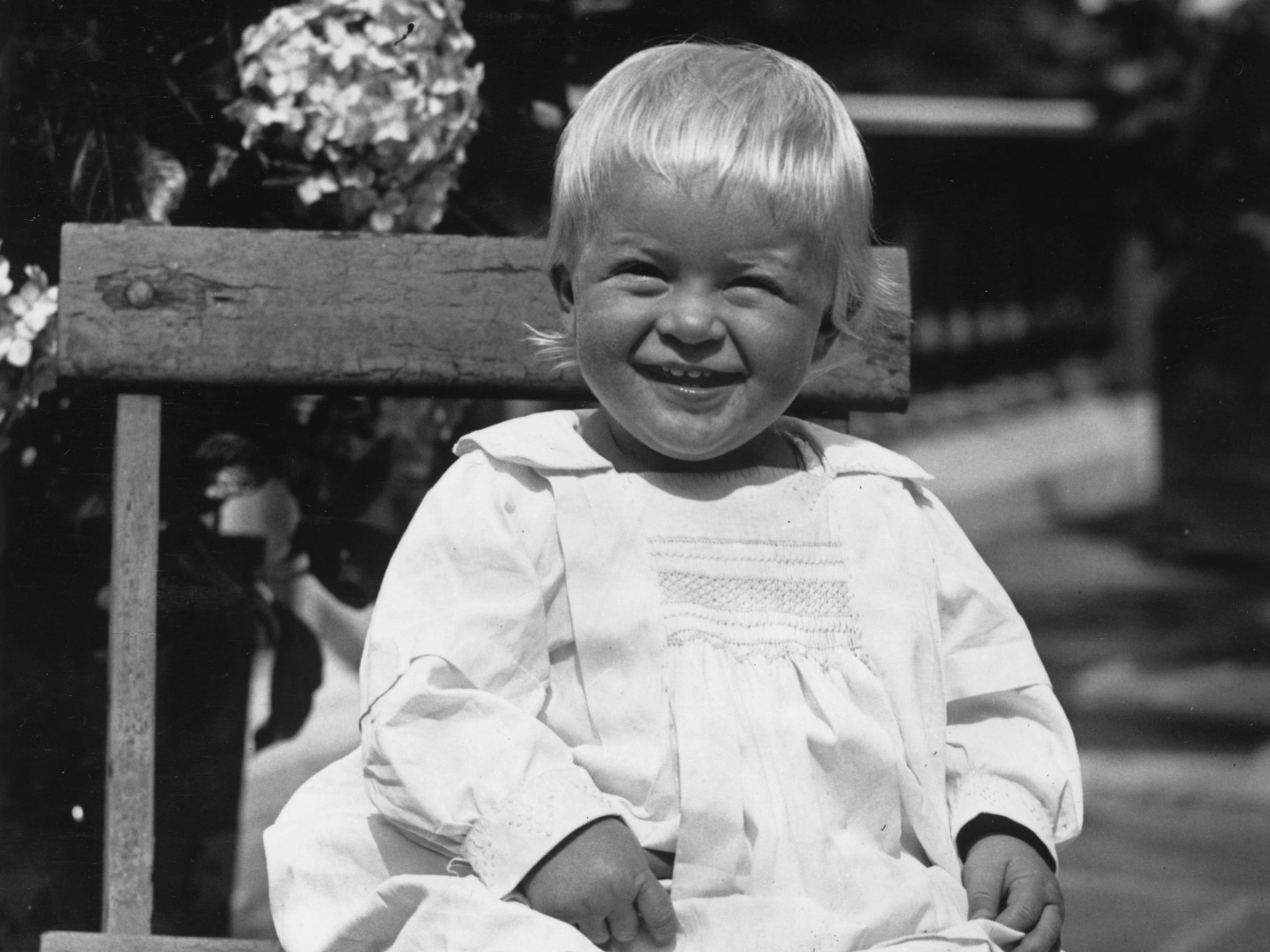
Photo by Topical Press Agency/Hulton Archive/Getty Images
- Prince Philip's mother gave birth to him on a dining table in their Corfu home in 1921.
- He was originally named Philippos Andreou Schleswig-Holstein-Sonderburg-Glücksburg.
- Before becoming Duke of Edinburgh to marry Queen Elizabeth, he was a prince of Greece and Denmark.
- Visit Insider's homepage for more stories.
Prince Philip, who died aged 99 last week, had an unusual start to life when his mother gave birth to him on a dining table in their villa on the Greek island of Corfu in 1921.
Born Philippos Andreou Schleswig-Holstein-Sonderburg-Glücksburg on June 10, 1921, he was a European royal in his own right before he became Prince Philip, the Duke of Edinburgh, and married Queen Elizabeth II in 1947.
Philip was the fifth child and only son of Prince Andrew of Greece and Denmark and Princess Alice of Battenberg, and his maternal grandmother, Princess Victoria of Hesse, Queen Victoria's grandmother, making him and Elizabeth II third cousins.
Prince Philip's mother Princess Alice was reportedly medically advised to give birth to him on a wooden table, rather than in a bed.
BBC Royal Correspondent Jonny Dymond revealed that the table now resides in a boardroom in the City of London after it was purchased by Howe Robsinson shipbrokers.
"We've had it in our offices since 1980 but it dates back from much further than that," shipbroker Guy Hindley told the BBC.
Hindley also explained why Princess Alice likely gave birth in these circumstances.
"All we can say is that when we look at old biographies, it talks about the doctor at that time suggesting that the bed was not somehow appropriate and so that she was carried downstairs and placed on the dining table," he said.
"I think it was made to be as comfortable as possible," he added.
The table was originally located in Philip's first home on the coast of the Ionian Sea in Corfu, Greece. The mansion is named Mon Repos, which translates to "my rest," Insider's Talia Lakritz previously reported.
The villa, known for its park gardens and neoclassical architecture, now belongs to the government and was restored in the 1990s. It also features a plaque that marks its status as Philip's place of birth.
Just a year after his birth, Philip was smuggled out of Greece in an orange crate, aged 18 months, during the Greco-Turkish War.
In the royal biography "Prince Philip: The Turbulent Early Life of the Man Who Married Queen Elizabeth II," Philip Eade reported that Philip was taken out of his homeland in the makeshift cot by his father, who was escaping execution.
The family was banished to Paris for several years, and Philip's sisters went on to marry German men, three of which are believed to have supported Nazi causes, The Times of London reports.
As reported by The New York Times, once his parents had separated, Philip was sent to live in Kensington Palace with his maternal grandmother, the Dowager Marchioness of Milford Haven, and granddaughter of Queen Victoria in 1930.
He initially studied at the Cheam School in Hampshire before later enrolling at Gordonstoun School, Scotland in 1934 where he did not see any family members for five years.
Speaking to a biographer years later, Prince Philip described the disintegration of his family: "It's simply what happened. The family broke up. My mother was ill, my sisters were married, my father was in the south of France. I just had to get on with it. You do. One does."
